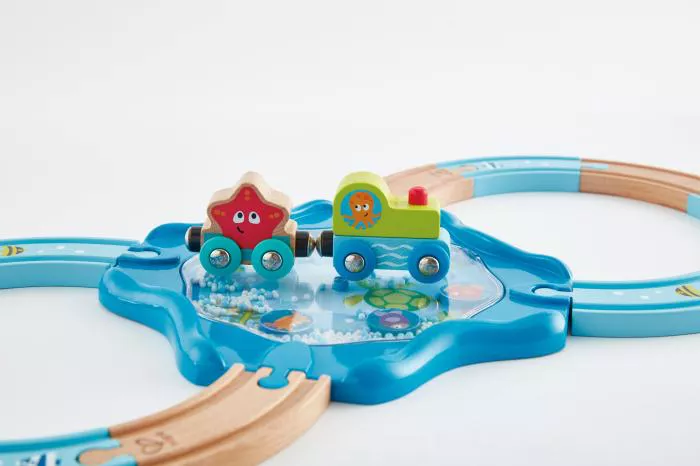When it comes to children, parents want the best for their little ones. One of the many choices parents face is selecting toys. Happy toys, also known as cheerful or bright-colored toys, can attract children’s attention. However, safety is always a top priority. This article will explore the safety of happy toys, focusing on materials, design, and safety regulations.
What Are Happy Toys?
Happy toys are often brightly colored and visually appealing. They can include stuffed animals, plastic figures, and interactive toys. These toys are designed to engage children and encourage imaginative play. Many happy toys are made to be soft and safe for young children.
Materials Used in Happy Toys
The materials used in making happy toys are crucial for their safety. Parents should look for toys made from non-toxic materials. Many toys are made from plastic, fabric, or rubber.
Plastic Toys
Plastic toys are common and can be very colorful. However, not all plastics are safe for children. Some may contain harmful chemicals, such as phthalates and BPA. Phthalates can affect hormone development, while BPA is linked to various health issues.
When buying plastic toys, look for those labeled as BPA-free and phthalate-free. Many manufacturers provide this information on packaging. Checking for certifications, like the American Society for Testing and Materials (ASTM) or the Consumer Product Safety Commission (CPSC), can help ensure a toy is safe.
Fabric Toys
Fabric toys, like stuffed animals, can also be a concern. Parents should ensure these toys are made from safe materials. Some fabrics may contain harmful dyes or chemicals. Look for toys that are labeled as organic or free from harmful substances.
Additionally, consider how these toys are constructed. Some stuffed animals may have small parts that can pose a choking hazard for young children. Always check for safety labels that indicate a toy’s age-appropriateness.
Rubber Toys
Rubber toys are another option. Many are soft and safe for infants and toddlers. However, some rubber toys may contain latex. Latex allergies can cause serious reactions in some children. If your child has a known latex allergy, opt for synthetic rubber alternatives.
Design Considerations
The design of happy toys plays a significant role in their safety. A well-designed toy will not only be engaging but also minimize risks.
Small Parts
Toys with small parts can be a choking hazard for young children. Always check the age recommendations on toy packaging. Toys intended for older children may not be suitable for younger kids. Avoid toys with detachable parts or those that can easily break apart.
Sharp Edges
Parents should also look for toys with sharp edges. Happy toys should be smooth and free of any points that could harm a child. If a toy has buttons, ensure they are securely attached and not easy to remove.
Weight and Size
The size and weight of a toy can affect its safety. Toys that are too heavy can pose risks if they fall on a child. Similarly, oversized toys can be difficult for children to handle.
Safety Regulations
Toy safety regulations vary by country, but many have strict standards to protect children. In the United States, the CPSC regulates toy safety. All toys must meet specific guidelines to ensure they are safe for children.
Certification Marks
When shopping for happy toys, look for certification marks. These marks indicate that a toy has been tested and meets safety standards. Common certifications include:
- ASTM
- CPSC
- EN71 (European Standard)
These certifications show that the toy has undergone rigorous testing.
Best Practices for Parents
To ensure the safety of happy toys, parents can follow some best practices.
Research Brands
Before buying a toy, research the brand. Look for companies that prioritize safety and quality. Many reputable brands provide transparency about their materials and safety testing.
Read Reviews
Reading reviews from other parents can provide insights into a toy’s safety. Parents often share their experiences with specific toys. This information can help you make an informed decision.
Supervise Play
Supervision during playtime is essential. Keep an eye on your child while they are playing with toys, especially if they are younger. This way, you can intervene if a toy becomes a choking hazard or if it breaks.
Regularly Check Toys
Inspect your child’s toys regularly. Look for signs of wear and tear, such as broken parts or fraying edges. Discard any toys that appear damaged.
Conclusion
Happy toys can be a delightful addition to a child’s playtime. However, ensuring their safety is paramount. By understanding the materials used, considering design features, and being aware of safety regulations, parents can choose safe toys for their children.
Always prioritize safety by researching brands, reading reviews, supervising play, and regularly checking toys. This way, you can provide a safe and enjoyable play environment for your little one. Happy toys can indeed bring joy, but safety should always come first.
With the right precautions, parents can confidently select toys that are both fun and safe for their children.
Related topics:


